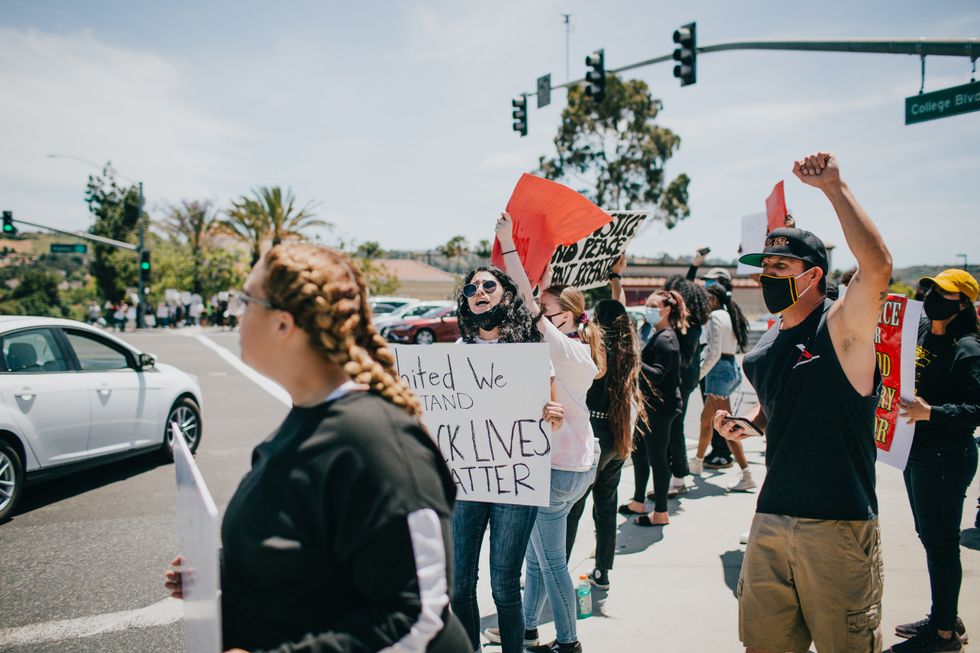So, you're ready to lend a hand in the fight for racial equality. With Black Lives Matter protests happening in almost every major city in the U.S., there's bound to be one close to you. Before you join the movement, read these key things that I wish I knew the first time I marched.
1. Bring the essentials.
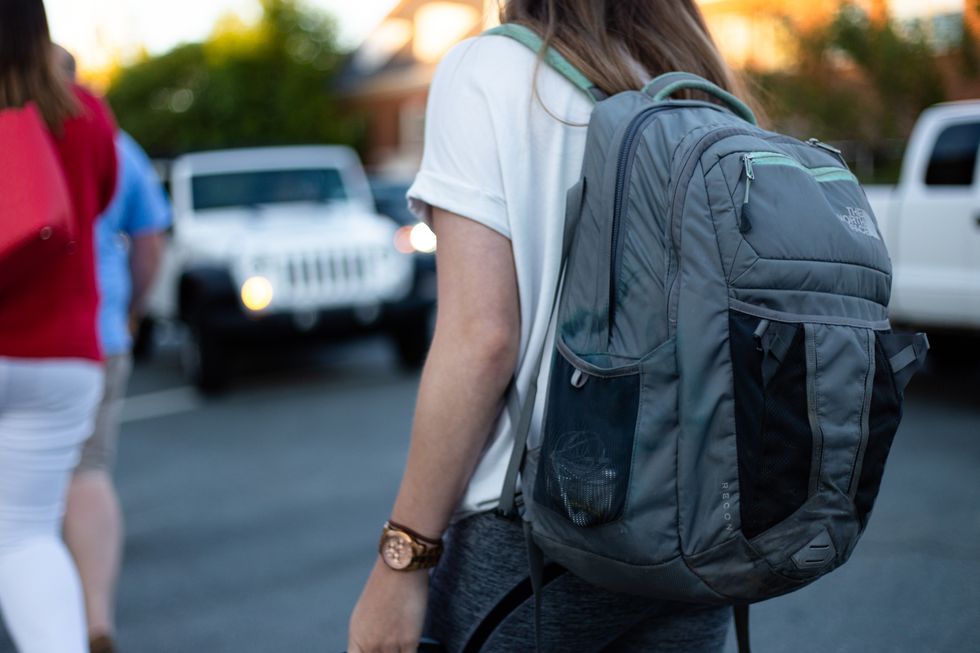
Unsplash
Stuff everything that you're going to need over the course of a couple of hours conveniently into a backpack. That includes snacks, any prescription medications you need, and at least a few bottles of water. Bring some cash with you in case of an emergency.
2. Prepare for the worst.

Unsplash
You need to be ready in the situation that things to go awry. There have been instances of tear gas, pepper spray, and rubber bullets used by the police against peaceful protesters all across the country. Before you go, educate yourself on basic first aid. Know how to flush eyes from tear gas and have the supplies to do it. It's also a good idea to pack some bandages and antiseptic wipes. You might end up being able to help out a fellow protester.
3. Don't react to instigators.
At every single Black Lives Matter protest I've attended, a counter-protester has shown up, trying to start a fight. They would interrupt guest speakers to loudly criticize the movement and share their blatantly bigoted and racist views. As the organizers told us time after time, "Don't entertain them." Your initial urge might be to yell back, but this could bring danger to the group that you're in. It is not your place to escalate the situation and put others at risk. And if everyone ignores them long enough, they'll go away.
4. Bring a buddy (or two).
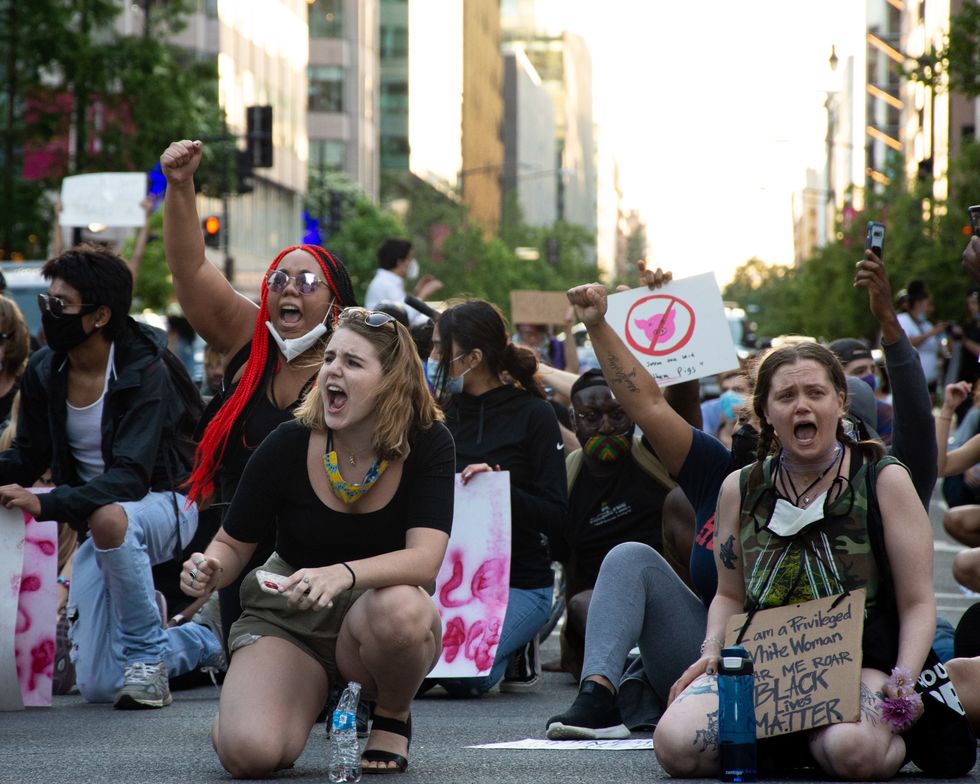
Unsplash
You're likely going to be in a large crowd, and you want to have a friend or two to account for your safety and whereabouts. Plus, if you forget to bring something, odds are someone else will have it in their backpack. It's best not to go with more than two friends, because it will be hard to stay together. You shouldn't be treating protests like a social event.
5. Dress for the occasion.
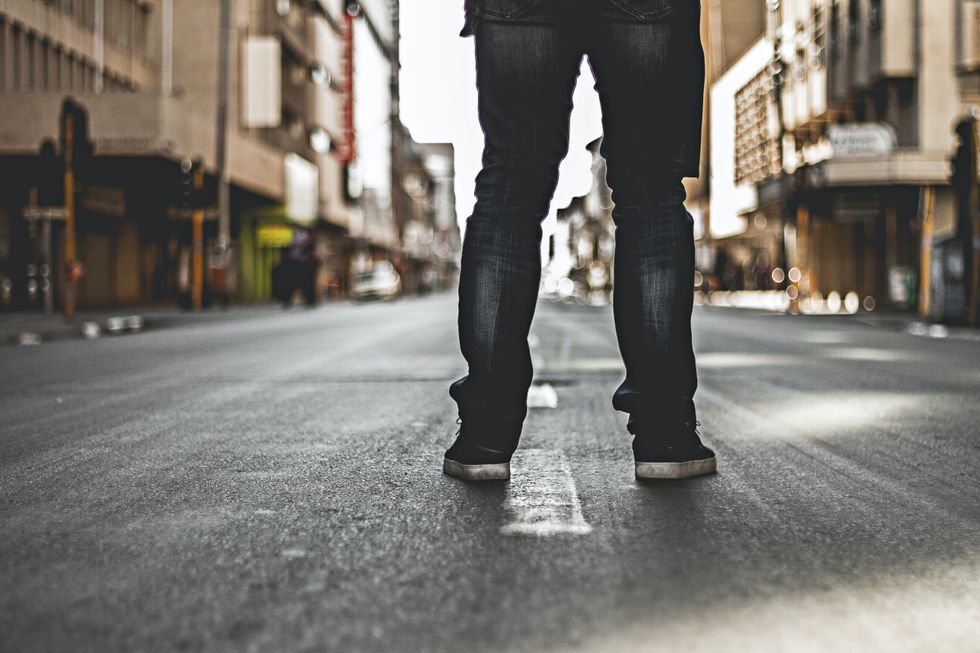
Unsplash
Since you're probably going to be marching for multiple hours, make sure you are wearing comfortable walking shoes. Wear nondescript clothing, ideally in layers, in case you are exposed to tear gas. You want to cover your skin to protect it from the sun and possible chemical agents, so wear long pants and long sleeves. Bring a change of clothes with you, just in case. Wearing a hat will provide you with extra protection from the sun. Due to the danger of COVID-19, wear a face mask for the safety of yourself and those around you.
6. Remember why you're there.
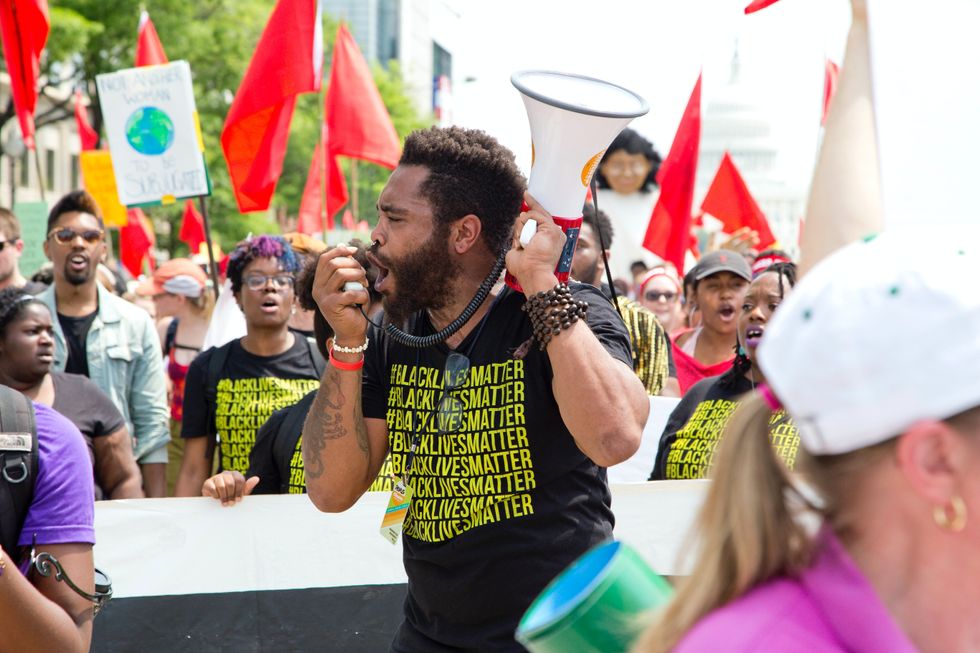
Unsplash
As a non-black ally, don't overstep. A protest is NOT a selfie/photo op or an opportunity to showcase your allyship. You're there to help amplify black voices, not for your own voice or agenda to be the focus. Leave space for black protesters and organizers to lead chants and songs. Feel free to learn the words and join in. Sometimes organizers will ask that white allies who are able to march in the front do so, creating a barrier between police and black protesters. Focus on listening to the black voices around you and learn from them.
7. Know your emergency contacts.
Just in case something goes wrong, you should know someone you can contact nearby. That might be a family member, a friend who is staying home, or even a neighbor. Let them know where you'll be and when to expect you home. Keep them updated on your location and how things are going. It might also be a good idea to know the phone number of a lawyer or legal group that you can contact if you need to. You can write these numbers down and stick them in your pocket or Sharpie them on your arm.
8. Be careful taking photographs.

Unsplash
There is a way to capture what's happening without endangering anyone. Be considerate of the fact that other attendees may be concerned about their identity being known. There is always the possibility of law enforcement collecting and using that information. It's a good idea to ask for permission before you take anyone's photo. If you do take pictures, before posting them, consider thoroughly blurring or "painting" over any faces and identifying features, such as tattoos, of other protesters.
Most importantly, use common sense and trust your intuition. With these tips in mind, get ready to take to the streets and fight for positive change.

